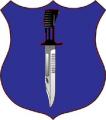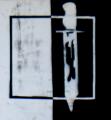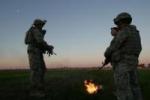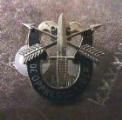I started this because I hate to see another useful area of discussion die in the "Journal."
See here.
Sorry, but Body Counts work. That the it has been done it badly in the past by those cannot use the data usefully, does not mean it does not work.
We have to get over rejecting things just because they fail in the hands of people not skilled in their use.
Should it be THE measure of success? No, of course not, but most armies who defeated irregular forces used body counts. They were used in Kenya, Malaya (see my quote), Dohfar and Cyprus - and also Rhodesia!
Historically best practice body counts were based on recorded kills, verified by physical control and recovery of the body AND Weapons - usually for some form of exploitation.
The point is, you do not pursue a score as in judging success by the number you kill, but that you are sure that you are actually killing the enemy, when and as it is required. - that is why Templer used Body Counts, and British Army operations were predicated on "killing the enemy."
Do something well it works. Do it badly and it fails.












 he is on to something here. Mike, there are times when you can't bring the enemy to the negotiating table - Hitler and his henchment committed suicide rather than surrender. It was the thierd or fourth echelon that came to the table and certainly did not represent the NAZI regime. I suspect that Bob's World has put the body count issue in the right context - that it can be an useful measure of performance but not of effectiveness/outcome.
he is on to something here. Mike, there are times when you can't bring the enemy to the negotiating table - Hitler and his henchment committed suicide rather than surrender. It was the thierd or fourth echelon that came to the table and certainly did not represent the NAZI regime. I suspect that Bob's World has put the body count issue in the right context - that it can be an useful measure of performance but not of effectiveness/outcome.




Bookmarks